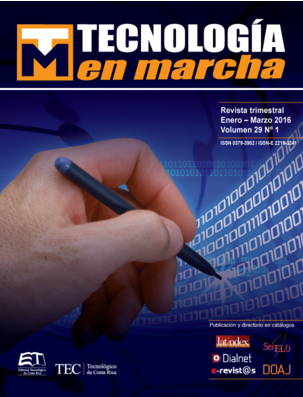Evolution of innovation process models, a literature review
Main Article Content
Abstract
Innovation has been considered a relevant factor in the performance of organizations since it involves taking innovative ideas to market that represent a value for customers. One of the aspects that has caught the attention in this field of study is the process organizations deploy to innovate, that is, the process of innovation.
Regarding this matter, different models of innovation processes have been proposed, which began to arise in the first half of 20th century, and later evolved according to the prevailing economic context, that is, from the industrial expansion that took place after the Second World War when innovations followed a sequenced linear process that began with basic research, this model was dominant until the mid-1970s; subsequently new models were developed that considered that the process does not necessarily starts with the research, but that it might come from other areas of the firm, since the knowledge not only lies in R&D, it even considered that developments could arise from the customer´s demand for specific solutions furthermore, the sequence is not linear or unidirectional in order to obtain an innovation, these models had its greater application until the mid-1980s, to then incorporate the concept of “stages and gates”, according to which, the development of an innovation could go from one stage to another in the process, only after it had complied a specific assessment. Considering the above, this article describes the main features of these models according to the literature, its evolution and the context in which they arose.
Article Details
Los autores conservan los derechos de autor y ceden a la revista el derecho de la primera publicación y pueda editarlo, reproducirlo, distribuirlo, exhibirlo y comunicarlo en el país y en el extranjero mediante medios impresos y electrónicos. Asimismo, asumen el compromiso sobre cualquier litigio o reclamación relacionada con derechos de propiedad intelectual, exonerando de responsabilidad a la Editorial Tecnológica de Costa Rica. Además, se establece que los autores pueden realizar otros acuerdos contractuales independientes y adicionales para la distribución no exclusiva de la versión del artículo publicado en esta revista (p. ej., incluirlo en un repositorio institucional o publicarlo en un libro) siempre que indiquen claramente que el trabajo se publicó por primera vez en esta revista.

